X
Electric hoists represent their own machinery, strength, and toughness, while the stage is elegant, flowing, and soft, with conflicts and collisions between the two.
In the field of stage performance, the stage electric hoist is an indispensable and important equipment. It can efficiently lift and move various stage props and equipment, providing strong support
Category : W12 Stage Electric Hoist
Get a Quote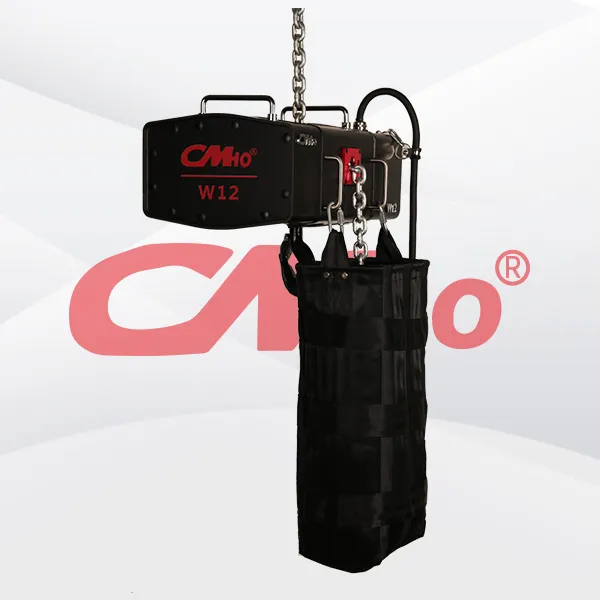

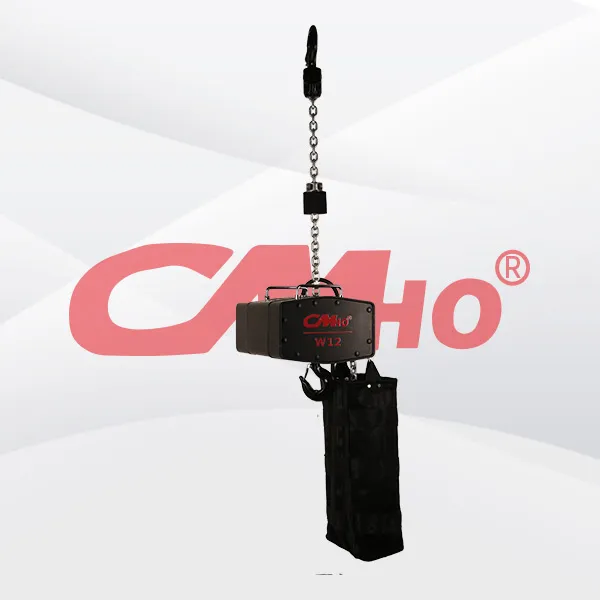
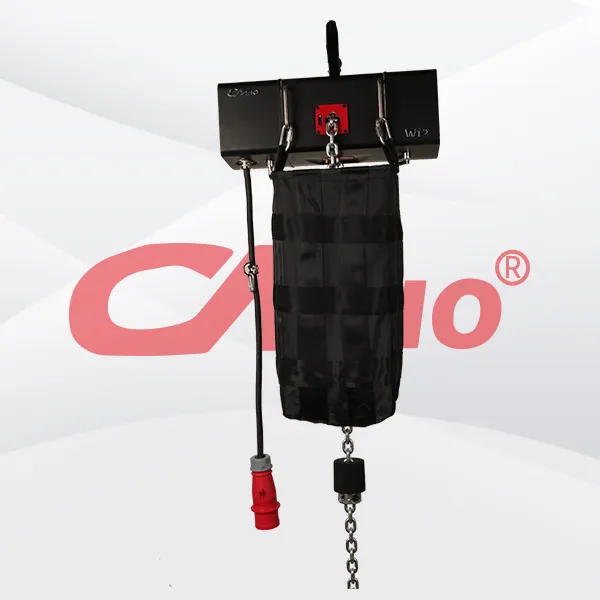





Product Details
Maintenance process for stage electric hoist
1. Appearance inspection
(1) Check whether the shell of the electric hoist is damaged, deformed or cracked. If there are any problems, they should be repaired or replaced in a timely manner.
(2) Check for wear, cracks, deformation, or corrosion on components such as hooks, chains, and wire ropes. If there are any problems, they should be replaced in a timely manner.
(3) Check the electrical circuit for damage, short circuit, poor contact, and other issues. If there are any problems, they should be repaired or replaced in a timely manner.
2. Cleaning work
(1) Clean the outer shell of the electric hoist with a cleaning agent and a soft cloth to remove dust, oil, and dirt from the surface.
(2) Clean components such as hooks, chains, and wire ropes to remove surface oil and impurities. Tools such as wire brushes and sandpaper can be used for cleaning, but be careful not to damage the surface of the components.
(3) Clean the electrical circuit to remove dust and oil stains from the surface. Compressed air or a vacuum cleaner can be used for cleaning, but be careful not to damage the wiring.
3. Lubrication and maintenance
(1) Lubricate the transmission components of the electric hoist, such as gears, bearings, chains, etc. Lubricating oil or grease can be used for lubrication, but it is important to choose the appropriate lubricant and add it according to the prescribed dosage.
(2) Lubricate components such as hooks and wire ropes to prevent rust and wear. Rust proof oil or grease can be used for lubrication, but be careful not to apply too much to avoid affecting the use.
4. Function check
(1) Check if the lifting, lowering, and walking functions of the electric hoist are normal. It can be checked through no-load operation and load operation to observe whether the running speed, smoothness, braking performance, etc. of the electric hoist meet the requirements.
(2) Check if the safety devices of the electric hoist, such as limiters, overload protectors, brakes, etc., are functioning properly. It can be checked by simulating faults to observe whether the safety device can act in a timely manner, protecting the safety of the electric hoist and operators.
5. Troubleshooting
(1) If any faults are found in the electric hoist during the inspection process, they should be promptly eliminated. Based on the fault phenomenon, analyze the cause of the fault and take corresponding maintenance measures.
(2) For some common faults, such as motor faults, electrical circuit faults, transmission component faults, etc., you can refer to the maintenance manual for troubleshooting. If the fault is complex, professional maintenance personnel should be contacted in a timely manner for repair.
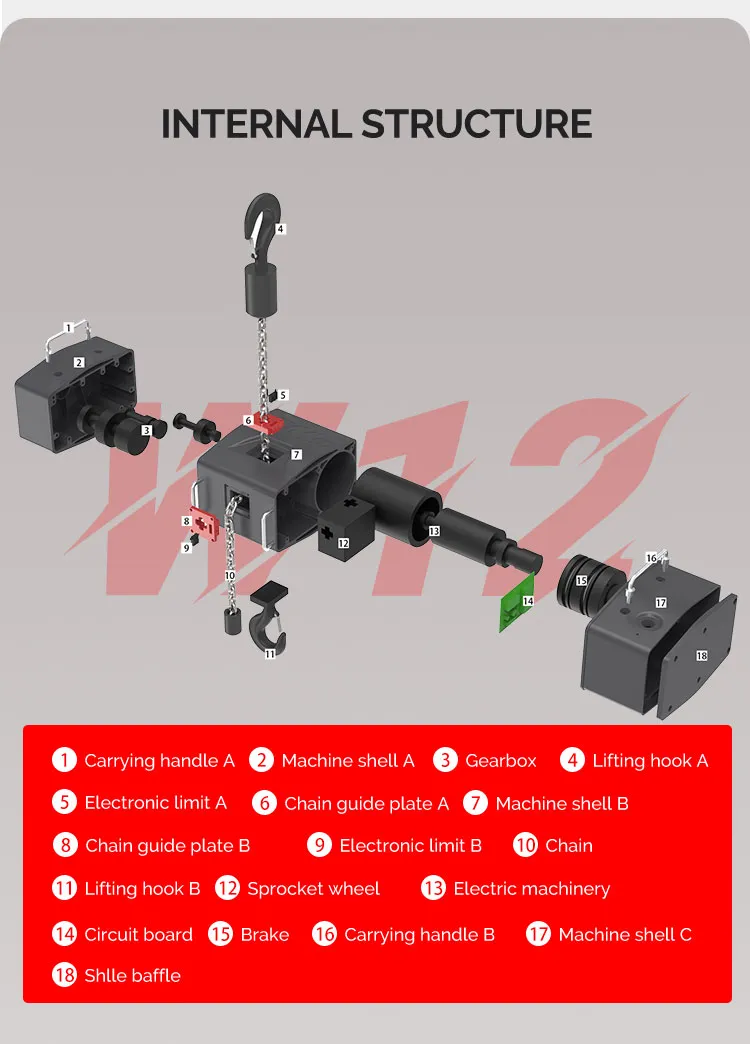
RELATED PRODUCTS .
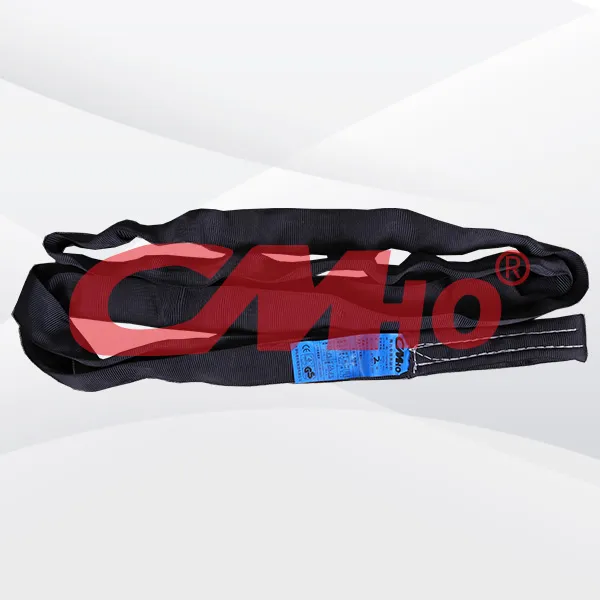
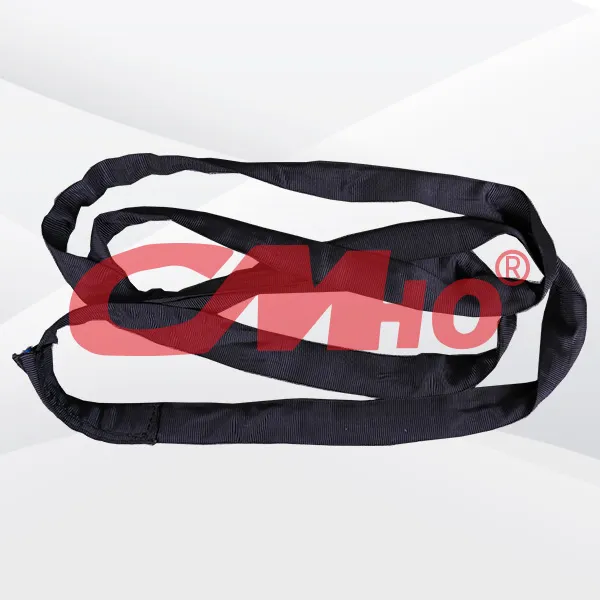
The polyester black lifting sling also features non-conductivity and no corrosion, ensuring safety and wide applicability. These characteristics make it an efficient and reliable hoisting tool, especi
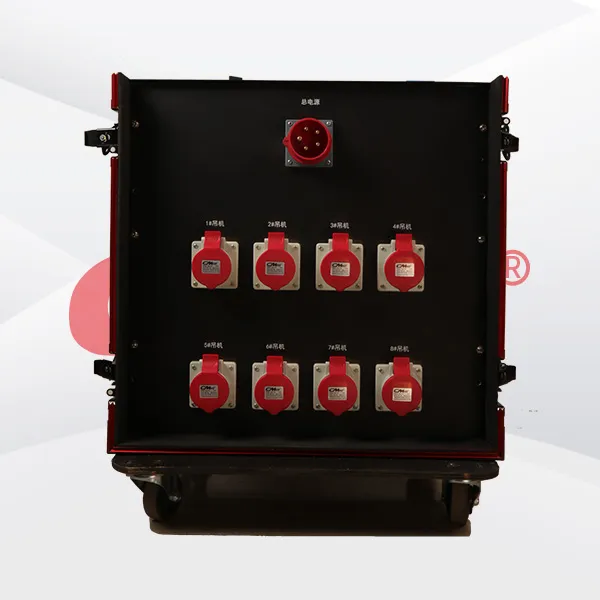
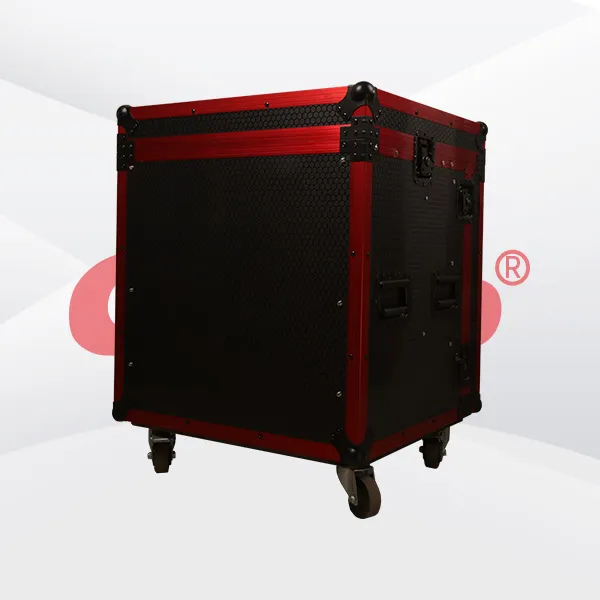
The aircraft case truss hoist controller is suitable for the quick installation and adjustment of stage lighting, sound systems, and other equipment. It performs exceptionally well in enviro

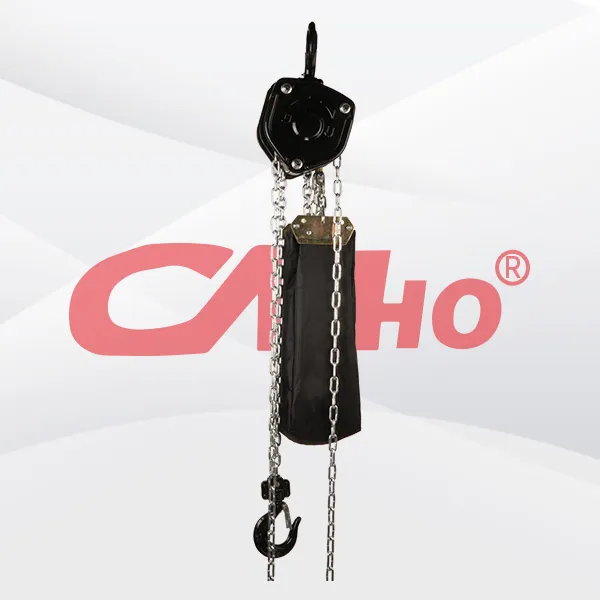
Factory-direct hand-pulled stage hoists are ideal for the quick installation and adjustment of stage lighting, sound systems, and other equipment. They perform exceptionally well in environments witho
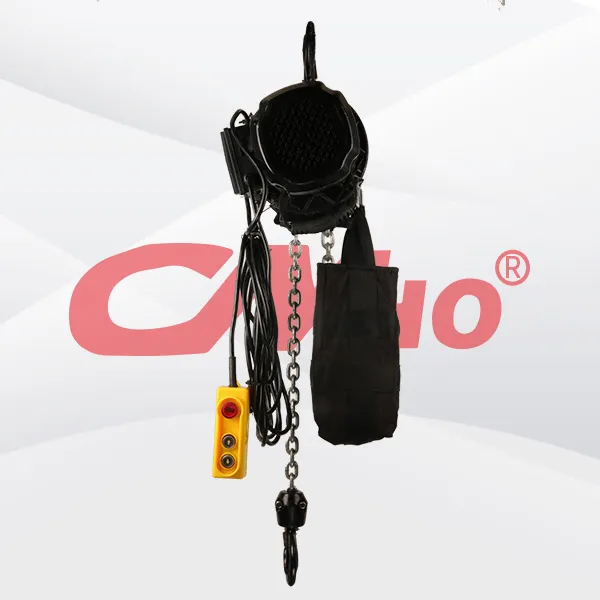
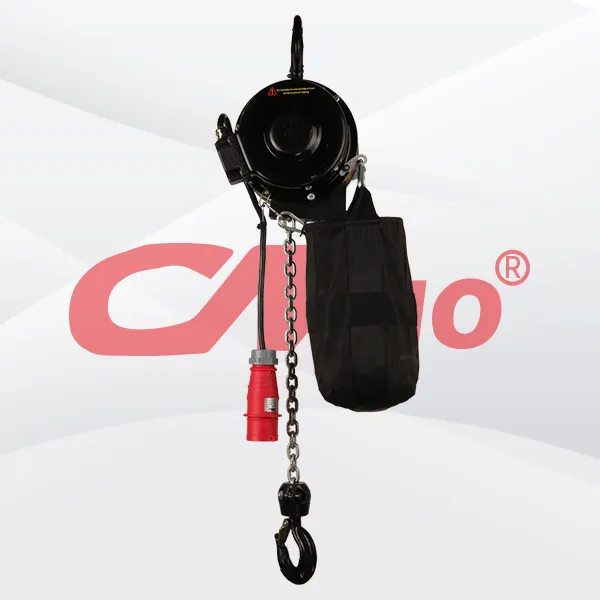
The stage truss motor equipped with a limit switch deeply integrates powerful performance, precise control, and excellent safety. It can not only easily handle the hoisting and accurate positioning of

2025-02-28
创始人
0
The participation of Tianjin Kemei in the Guangzho...
Tianjin Kemei made a remarkable and eye-catching appearance at the Guangzhou (International) Performing Arts Equipment, Intelligent Acoustic, Optical and Electrical Products...
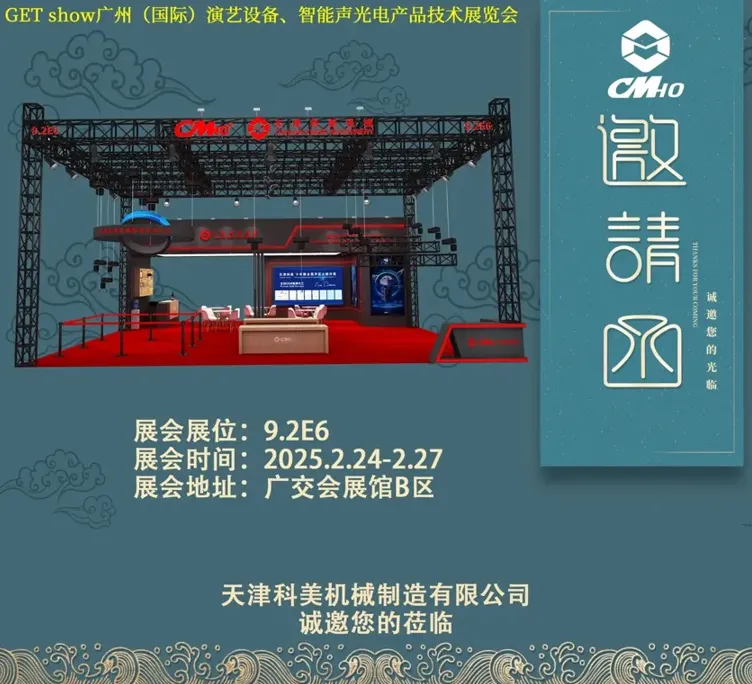
2025-02-27
创始人
0
Guangzhou (International) Performing Arts Equipmen...
In the era of the rapid development of stage lifting equipment and intelligent acousto - optic technology, every industry event serves as a crucial opportunity for innovatio...

2025-02-27
创始人
0
GET show Guangzhou (International) Performing Arts...
Tianjin Kemei Machinery Manufacturing Co., Ltd. has been deeply engaged in the stage equipment manufacturing field for many years and has developed into a modern benchmark e...

2024-09-24
admin
0
Tianjin Kemei Machinery Manufacturing Co., Ltd. Ne...
Tianjin Kemei Machinery Manufacturing Co., Ltd.: New Starting Point, New Journey - New Factory Relocation Record

